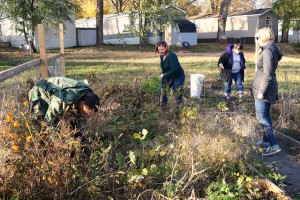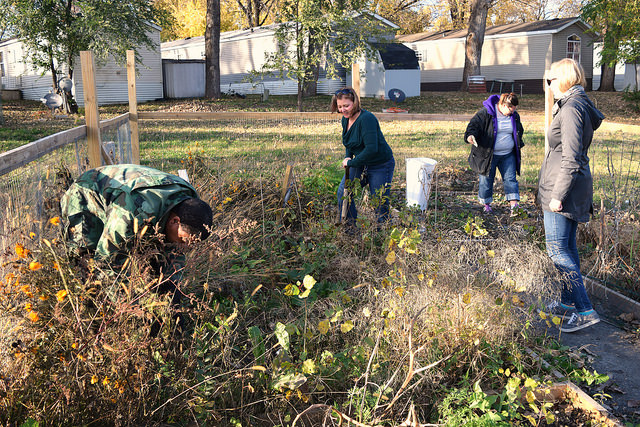On the surface, Carver County’s got it all. It ranks first in health outcomes among all Minnesota counties, and scores above both state and national benchmarks on nearly all health measures. Yet despite its overall wealth and wellbeing, Carver County is also home to five mobile home parks, where median household incomes and other determinants of health are well below the county average.

To combat this, Carver County Public Health is partnering with graduate students at the University of Minnesota to find out. In a year-long project, School of Public Health student Sam Rosner will dive into the available demographic data to paint a more complete picture of mobile home communities in Carver County, and then conduct interviews and focus groups with residents’ to identify and better understand their health needs.
“There are great health disparities within the state of Minnesota,” Rosner says. “Determining the health needs within communities that are underserved and underrepresented is a step towards reducing these disparities. In a county like Carver, it can be easy to overlook the communities that are experiencing health disparities due to the good health statistics of the county.”
Rosner is currently piecing together information from the National Historical Geographic Information system, the Minnesota Population Center, and other existing county data to get a better sense of the population, housing, and economic demographics of the mobile home communities. Once she analyzes the data she has collected, she will begin identifying target groups to talk to about their health wants, needs, and priorities.
“So far I have found evidence that the areas of Carver County where the mobile home communities are located are not in accordance with the county averages,” Rosner says, explaining that this alone warrants further research on the needs in these communities.
Yet understanding a population’s needs is only the first step. Engaging the community in services and programs that meet those needs is critical in making sustainable improvements in population health. To help the health department build public engagement, graduate students in a Humphrey School of Public Affairs course are working in groups to propose engagement processes for one of the largest mobile home communities in Chaska — Riverview Terrace.
“Building engagement in Carver County’s mobile home communities is essential to tailoring the Public Health Department’s services to community needs,” says Karl Schuettler, a Master of Urban and Regional Planning student in the Humphrey School course. “This is especially critical in Riverview Terrace, whose primarily Latino population faces cultural barriers to integration into a county that has traditionally been mostly white and high-income.”
Students will present their final engagement plans to the Public Health Department in December. Project lead and Carver County Public Health Specialist Tami LaGow said she is looking forward to learning from the students’ recommendations. While the health department has begun initial outreach efforts in some of the mobile homes communities in recent years, LaGow says the department knows it can do better to understand and connect with the residents.
“We want our work to build on the strengths that already exist within these communities,” LaGow says. –Post by Bridget Roby, an MPH student in the School of Public Health’s Maternal and Child Health program. This post originally appeared on the Resilient Communities Project website.

